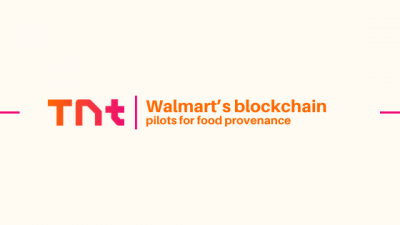Roermond, Netherlands, June 21, 2022, ZEXPRWIRE, Reflex Finance, an aspiring crypto start-up on the BNB Chain, has announced its most recent contract updates and upcoming utilities. While the current bear market has left many projects struggling or even throwing the towel already, Reflex seems unfazed and is rapidly developing following a successful rebranding earlier last month. Moreover, the new services and utilities align with its goal of helping emerging projects launch successfully into the crypto space and provide value to already established tokens and Decentralized Finance as a whole. The implications and potential of these new developments could easily rank Reflex amongst the hottest cryptocurrencies in 2022.

Why Reflex Finance
Reflex Finance entered the cryptosphere in February 2022, aiming to bring an entire suite of DeFi services that would make the space safer for everyone. The project runs on a liquidity-generating protocol, supporting staking and farming through $REFLEX V2, its native hyper-deflationary reflection token. In addition to capitalizing on price movements, Reflex V2 holders can earn 8% BUSD rewards from trading volume. The built-in buyback and burn mechanisms, which are partly fueled by the various utilities’ revenue, enable the decrease of token supply while simultaneously increasing its value.
Earlier this year, Reflex Finance migrated from its first version of the protocol (V1) to an improved and fully scalable V2. This also opened Reflex to bridge several networks and blockchains, such as Ethereum, Polygon, and Avalanche.
One of the features separating Reflex Finance from other projects is its unique Launchpad. It has one of, if not the most thorough vetting process in the industry for tokens launching in their Gold and Silver Tier, adding another important layer of trust and security for buyers in presales. Crypto project owners, on the other side, can choose from an extensive portfolio of services and tools that cover the entire life-cycle of a cryptocurrency or token, from pre-launch to maintenance mode. The Launchpad, of course, also complies with strict regulations, such as BaFin and FINMA, and has multi-platform functionality, including Android, iOS, and web.
The Reflex Finance team is led by CEO Ryan Arriaga – an accomplished tech-entrepreneur and well-known figure in the crypto space through his former role as Global Head of Products at Safemoon – and currently consists of eight core members with decades of professional experience in Tech, Finance and Marketing.
Evolution of “sell-less”: The No Sell Swap
Currently, Reflex Finance is working on a Swap feature running on the upgraded contract, which will not sell REFLEX tokens for rewards, regardless of where the buy occurs. This means that users can purchase anywhere on the open market or any decentralized exchange and still retain the features of a sell-less swap.
Of course, this functionality isn’t just limited to Reflex. Still, it can also be implemented in new tokens launching from Reflex Launchpad, as well as in existing tokens with upgradable contracts, making it one of the most significant DeFi innovations of 2022.
Most importantly, Reflex Swap’s low gas and swap fees should propel Reflex Finance to the industry’s top ranks and allow them to compete for a significant share of the decentralized swap market. According to CEO Ryan Arriaga, “swap fees as low as $0.50 or less and gas fee savings of well above 50% are realistically achievable”, which could quickly make Reflex Swap the prime choice for both users and projects in the crypto space.
In line with Reflex’s proclaimed philosophy of wanting to improve the whole DeFi space, Arriaga adds that the technology at a later point would also be available to be licensed out to interest other Swaps. This, in return, would generate yet another revenue stream for Reflex and its holders.
Next utility already lined up: Reflex Pulse
While the news about the No Sell Swap is still hot, Reflex Finance has also been dropping hints about their following utility. Reflex Pulse will be a service aimed at bringing more transparency into the DeFi space and is expected to be officially announced and launched in June. It would culminate an already very impressive second quarter for Reflex Finance.
About Reflex Finance
Reflex Finance is less than six months old, but is already developing into one of the hottest crypto projects of 2022. Despite the harsh conditions in the crypto market, the team has rolled out several utilities and has continuously enhanced and expanded its Launchpad services. Moreover, the new features running on an upgraded contract should attract more holders for Reflex V2 and motivate both new and established token projects to partner with Reflex Finance to take advantage of these exciting developments.
During this tough period for the crypto industry, Reflex Finance continues to stand out as a beacon of trust and stability and a solid partner for launching successful coin projects.
For more information on Reflex Finance, please follow these links:
| Website | Twitter | Telegram | Discord| YouTube |Instagram |Reddit |Whitepaper|
Media Contact:
Name: Ryan Bessems
Email: [email protected]
The post DeFi 2.0 Innovation: Reflex Finance announces first ever No Sell Swap appeared first on Zex PR Wire.



Comments